HistoricalSites, Romania
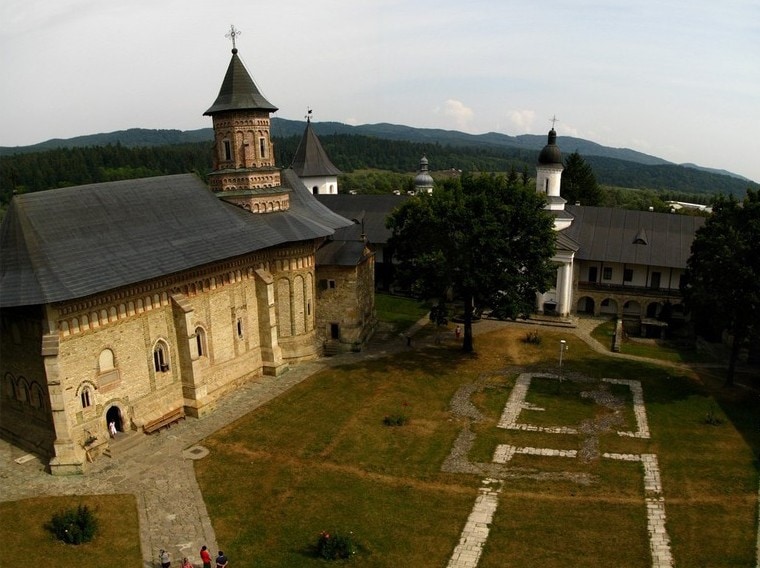
Removed from Unnamed collection
Neamt Monastery 
Neamt Monastery was first mentioned in the XIV century and it’s the oldest religious settlement in this area – it’s also known as “The Jerusalem of the Romanian Orthodoxy”. We don’t know for sure who was the main founder of Neamt monastery and at what date but among the rulers that contributed to the rising of this church there are Petru Musat (1375-1391), Alexandru cel Bun (1400-1432) and Stefan cel Mare (1457-1504). http://www.visitneamt.com/2009/09/monastery-neamt-neamt-county/
Map

Removed from Unnamed collection
Art Museum in Craiova 
The Art Museum of Craiova is located in Jean Mihail palace – built in late XIX century https://romaniadacia.wordpress.com/2013/08/13/art-museum-in-craiova-jean-mihail-palace/
Map

Removed from Unnamed collection
The Church of Cosuna Monastery 
The Cosuna – Bucovatu Vechi Monastery is an orthodox monastery situated in Craiova, Dolj county. It is the oldest religious edifice from the city of Craiova, being built in 1483. The Monastery`s church was built between 1506 – 1512 and the actual church in 1572, by the Boyar Stephan and his son. http://www.informatii-romania.ro/en/listing/manastirea-cosuna/
Map
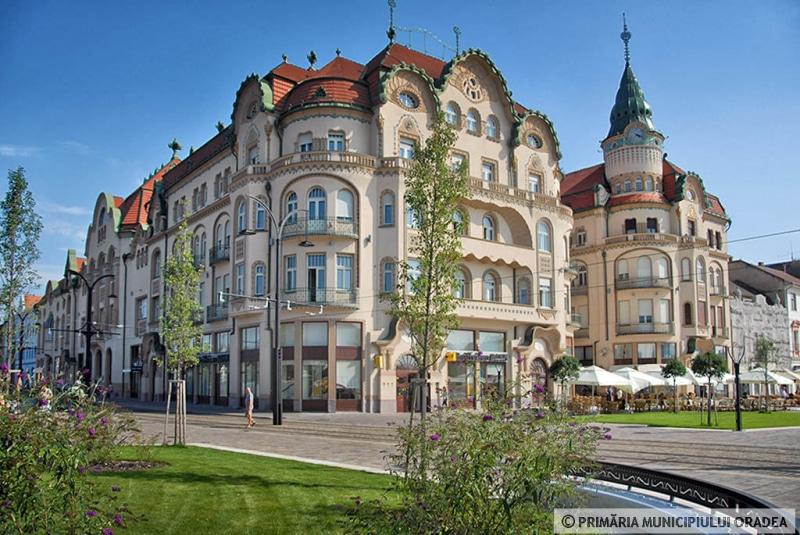
Removed from Unnamed collection
Vulturul Negru Palace 
THE BLACK EAGLE COMPLEX is probably the most monumental architectural accomplishment in Oradea and in Transylvania, as far as the Secession building style is concerned. The contest to build this architectural complex was won by architects Komor Marcell and Jakab Dezső. http://oradea.travel/en/?p=1913
Map
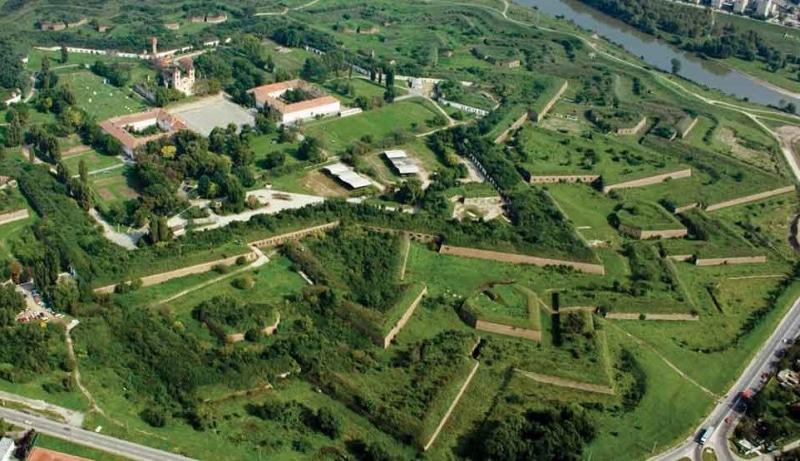
Removed from Unnamed collection
Fortress of Arad 
The Fortress of Arad is a solid fortification system which was built in the 18th century at the orders of, and with the funding from, the Habsburg Empress, Maria Theresa. The cost to complete and erect the fortress reached 3 million Gulden (the currency used by the Habsburg Monarchy at the time). The fortress was built as an inner fortification system to protect the outer region of the Habsburg empire from conflicts in the area.
The main conflicts at the time were the ongoing wars between the Habsburgs and the Turkish Ottomans. The location for the fortress was chosen strategically to be at the crossroads of two very important trade routes of the day. It lies in the middle of the trade routes that led from the West to the Transylvania Region, and from the North, Oradea, and Satu Mare, to Timisoara, and down to the Danube waterway. http://roamingromania.com/fortress-of-arad/
Map
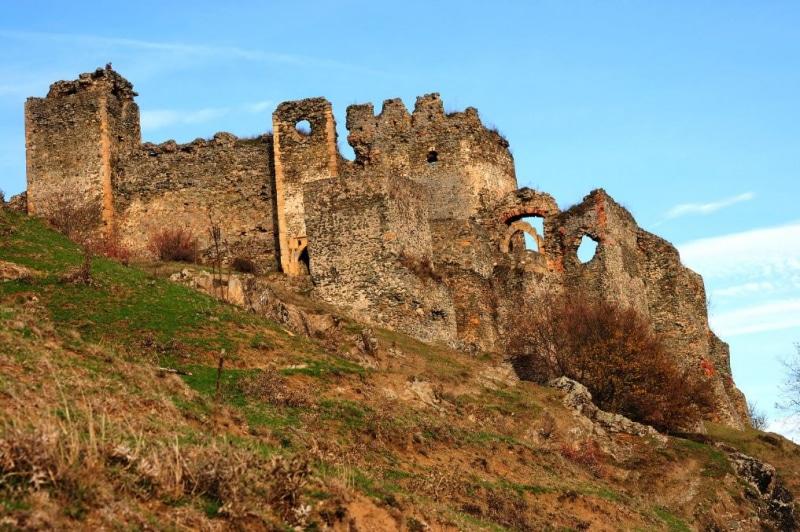
Removed from Unnamed collection
Soimos Citadel 
The Citadel of Soimos was built after the first invasion of the Tatars and documented since 1278. Soimos Citadel is on the list of historical monuments.
From 1278 until 1509, the city was ruled by Ladislau Kan II and Iancu of Hunedoara.
In 1509 the citadel and the domain become the property of Gheorghe Hohenzollern of Brandenburg. It was besieged in 1514 by Romanian and Hungarian rebels, led by Gheorghe Doja. After a brief resistance, the garrison of citadel led by Prince of Ciuci is an uprising against people of Gheorghe Hohenzollern and joins the rebels.
Turks occupied the citadel in 1552, after repeated sieges, and in 1595 was recaptured by György Borbély - Captain of Stephen Bathory - reaching into custody rulers of Transylvania.
In 1599-1600 pass under the rule of Michael the Brave (Mihai Viteazul). The citadel was finally liberated from Turkish domination in 1688. http://www.uvisitromania.com/tourist-attractions/arad/soimos-citadel-id535
Map

Removed from Unnamed collection
Purgly Castle 
The Purgly Castle is a historic monument located in Şofronea, Arad county.
Based on documents is believed the castle construction date would be around 1789. However, the first documentary mention is in 1889, the building appears in a document that mentions an exchange of land. Baron Janos Purgly is one that has transformed the old castle giving her current appearance. http://www.uvisitromania.com/tourist-attractions/arad/purgly-castle-id547
Map
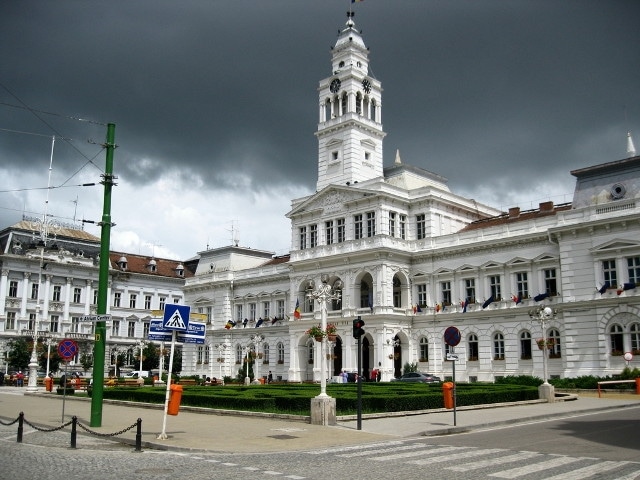
Removed from Unnamed collection
The Administrative Palace 
The Administrative Palace of Arad is a building built between 1872-1875, which today houses the Arad City Hall. Architectural gem, shaped in "U", with 90 rooms, a true "Palazzo del Municipio", the building reflects the possibilities and also the willingness of citizens to keep up with European modernization. http://www.uvisitromania.com/tourist-attractions/arad/the-administrative-palace-id533
Map

Removed from Unnamed collection
The Council Tower 
It is one of the most famous monuments of Sibiu. It bears this name because it used to defend the entrance gate into the second precinct, situated in the immediate vicinity of the building which once hosted the City Hall of Sibiu, mentioned in the documents for the first time in 1324 (no. 31, Small Square, recently rehabilitated). http://www.turism.sibiu.ro/index.php/en/fortificatie/164
Map

Removed from Unnamed collection
Stephen's Tower 
The Stefan Tower is the bell tower of the former church dedicated to "Saint King Stephen of Baia Mare. The tower is located between Crișan and 1 Mai streets, in the immediate vicinity of Liberty Square - Central Square (Circulus fori) - of the old city. It was built The
first documentary attestation of the "Sfântul Ștefan" church dates from 1347, but the construction was officially inaugurated only in 1387. The tower, built of solid stone, was built at the initiative of Prince Ioan de Hunedoara, to mark the victory. from Ialomita (1442) against the Ottomans. The construction of the tower begins after 1446 but is completed only in 1468, under the reign of Matthias Corvinus.
In 1619, the upper part was rebuilt, having the shape of a pyramid with a square base, with four turrets and is endowed with bells. Nine years later, a moon clock is set. Repeatedly affected by lightning and fire, the two buildings underwent several major repairs, but in 1763 only the tower was rebuilt. On this occasion, the porch at the top is built. https://www.baiamare.ro/ro/Descopera-Baia-Mare/Obiective-turistice-si-atractii/Atractii-turistice/Turnul-Stefan/
Map
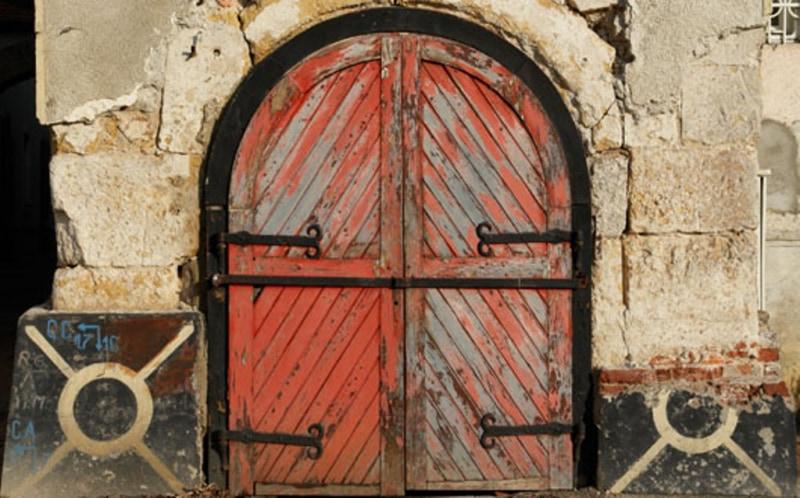
Removed from Unnamed collection
Iancu de Hunedoara House 
Iancu de Hunedoara House was built in 1446, it is part of the old medieval castle built by Iancu for his wife Elisabeta. https://www.baiamare.ro/ro/Descopera-Baia-Mare/Obiective-turistice-si-atractii/Atractii-turistice/Casa-Iancu-de-Hunedoara/
Map
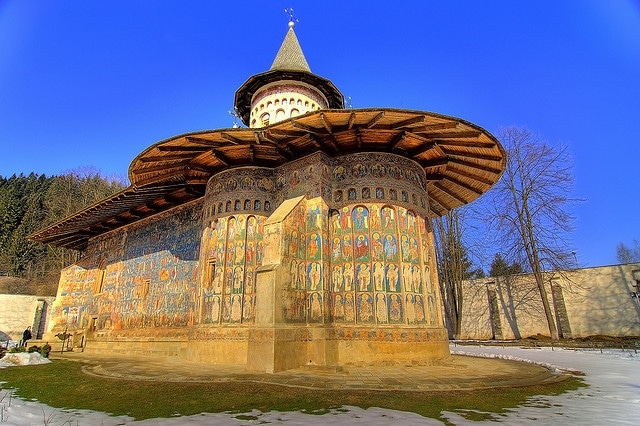
Removed from Unnamed collection
Voronet Monastery 
UNESCO World Heritage Site.
Voronet is a monastery in Romania, located in the Voronet village, Moldavia. It is one of the most famous painted monasteries from southern Bucovina, in Suceava district http://www.uvisitromania.com/tourist-attractions/suceava/voronet-monastery-id309
Map

Removed from Unnamed collection
Libertatii Square 
Libertăţii Square is undoubtedly the oldest of the Timişoara squares. Libertăţii Square’s location is also the site of the original nucleus from which Timişoara’s evolution started, the first place where people settled and lived continuously in the hearth of today’s city. http://www.timisoara-info.ro/en/sightseeing/historical-quarters/cetate/tours/250-piata-libertatii.html
Map
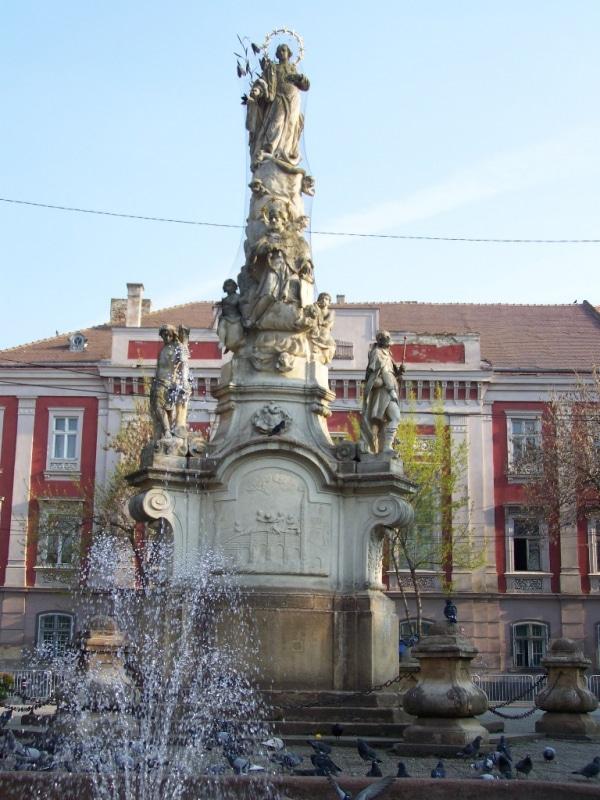
Removed from Unnamed collection
St. Mary and St. Nepomuk Monument 
The monument has two names – both used: “St. Mary monument” and “St. Nepomuk monument". Both are (and were) correct, but could cause confusion: there was another “Mary”, quite famous, and it is in the namesake square from Iosefin, and there is also another Nepomuk near the Millennium Church in Fabric. http://www.timisoara-info.ro/en/sightseeing/historical-quarters/cetate/tours/230-monumentul-sfintei-maria.html
Map
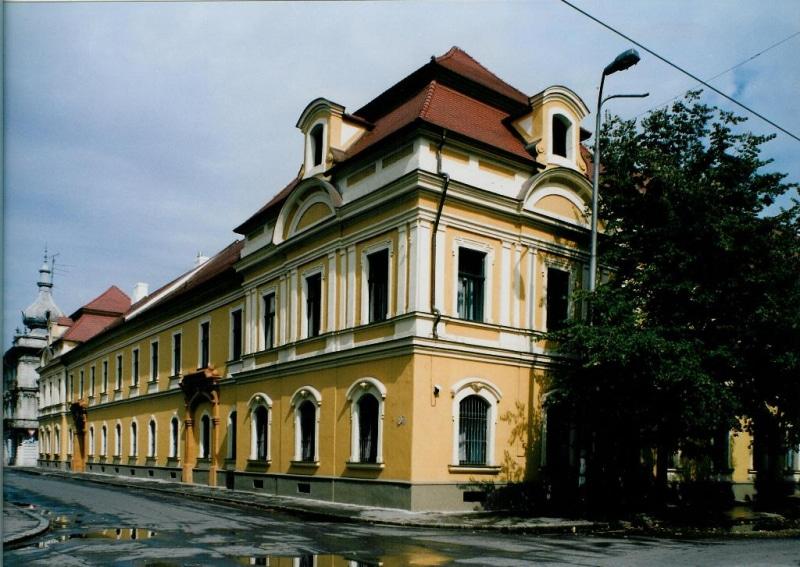
Removed from Unnamed collection
The Roman-Catholic Episcopacy Palace 
The Roman-Catholic Episcopacy Palace is one of the most representative Baroque buildings in Timişoara. http://www.timisoara-info.ro/en/sightseeing/historical-quarters/cetate/tours/240-palatul-episcopiei-romano-catolice.html
Map

